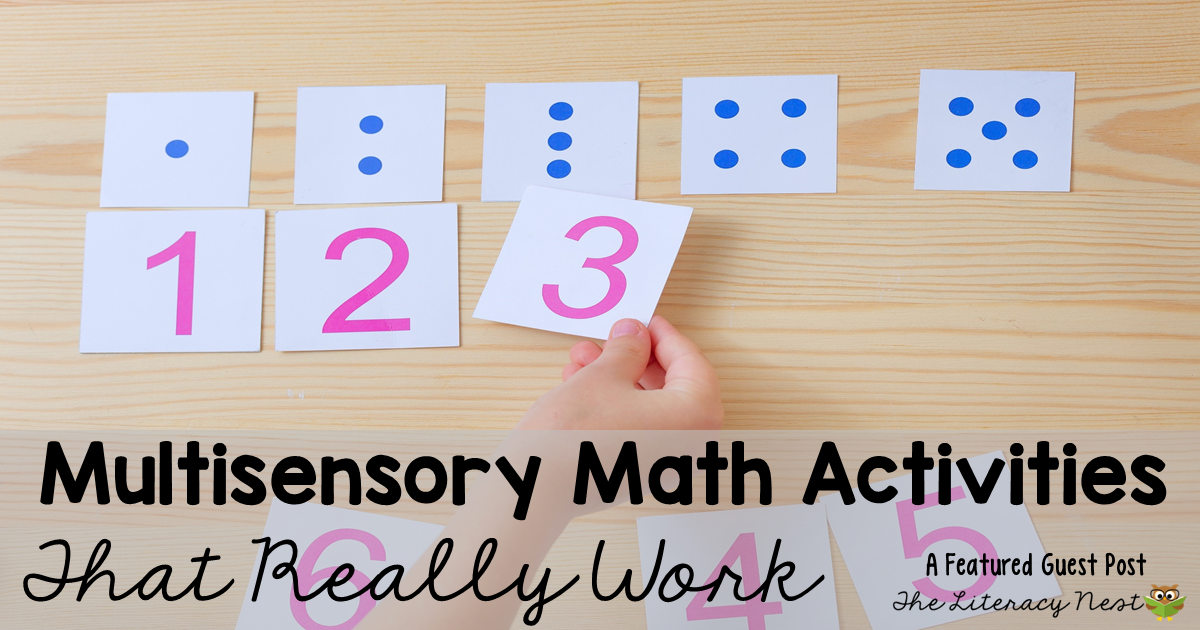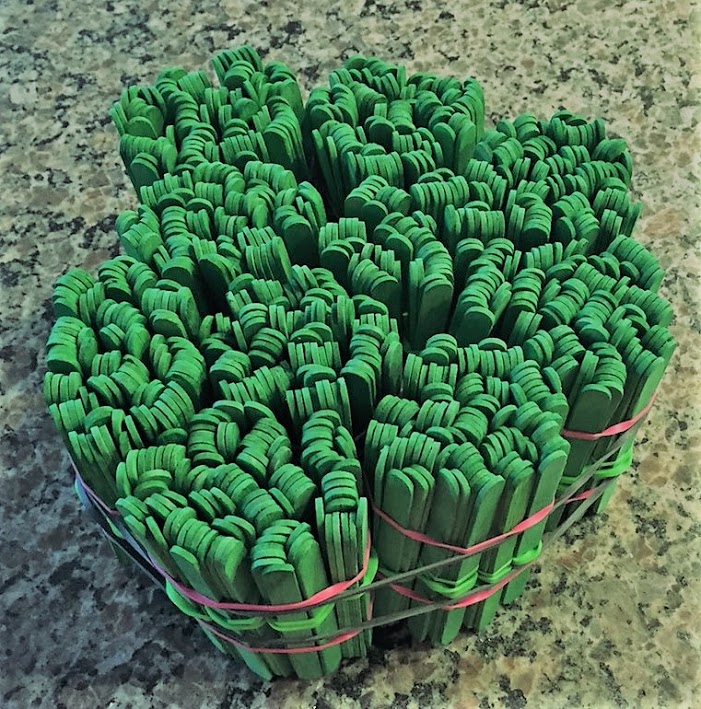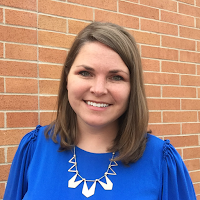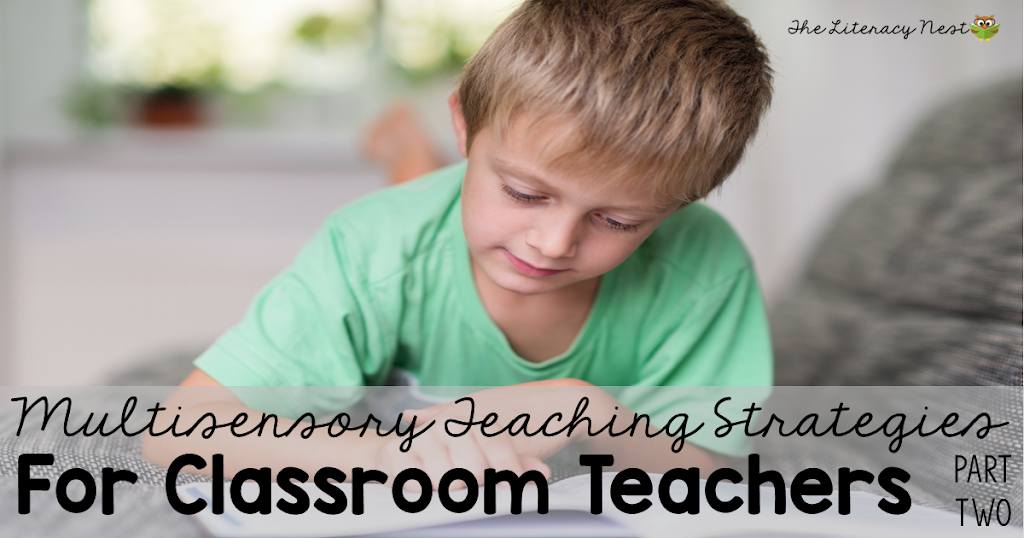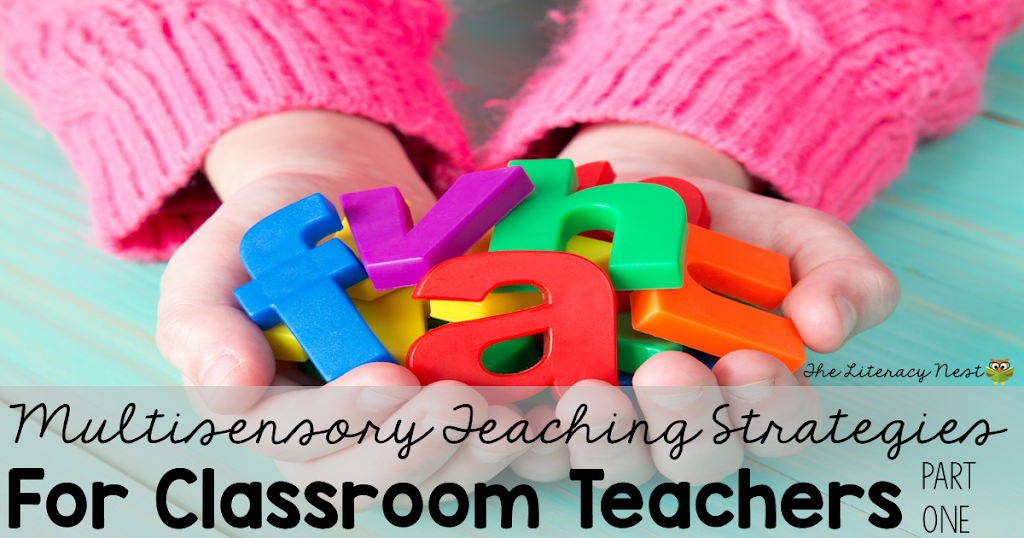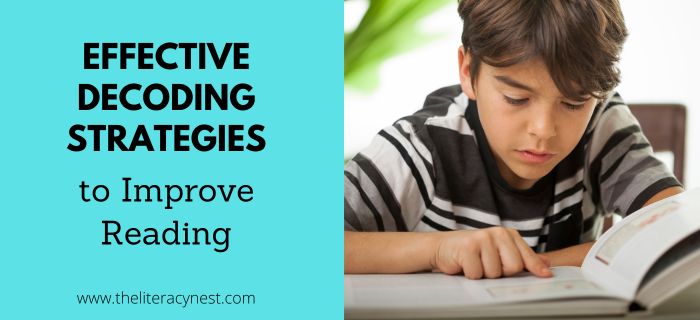Share:
Many children and adults struggle with math. Teaching multisensory math techniques as well as incorporating multisensory math activities into lesson plans is not only best practice for students with dyscalculia, but can be helpful for all learners.
I’m thrilled to welcome a guest blogger today who can explain what multisensory math is to you. Adrianne Meldrum will offer links and references to multisensory math curriculum for dyscalculia as well.
“Hands shoot up all around me, a forest of arms straining and connected to minds that understand, to minds that know. A slight twinge of shame flushes my cheeks. I feel anxious and exposed. This feeling has become as familiar as water. Every day the nervous flutter, the twinge inside, the blank, the sinking reminder that I don’t get it, that I don’t belong here, that I am alone.”
When I read this passage from My Thirteenth Winter, a memoir of a student with a math learning disability, I wept for my students. This is what they feel when they go to school. Many of them with high IQs but are faced with the deep shame that they can’t do math.
Math is a shameful topic for many. Just this week, I had a dear friend confide in me that she can’t do basic math. She cried as she recounted how as an adult she still uses her fingers to do basic counting. Her lip quivered as she talked about how she calls her husband to help her figure out 20% off sales at the store.
Like many of you, I am on a mission to bring an end to students feeling this way. I’ve been witness to watching students who think they “don’t belong here” rapidly become aware that in fact they DO belong here and even find joy in doing it!
So how do we help our students purge the shame they feel around math? We teach them using multisensory math!
(The following post contains affiliate links.)
What is Multisensory Math?
Multisensory math is using a structured approach and rich in sensory experiences. We use touch, movement, and specific language to help students become math-minded.
Did you know that 40% of students with dyslexia also demonstrate difficulty with math? This percentage also shows up in our student roster at Math for Middles.
I’ve been investing the last few years in learning from my mentor, Marilyn Zecher. For much of her career, she’s dedicated her life to teaching struggling students using the similar multisensory techniques found in OG based reading but in a math setting.
For math instruction to be effective, it must work through the CRA instructional sequence (method):. Concrete to Representational to Abstract.
Dr. Joyce Steeves saw a great need to use a similar format from OG reading with her math students. She developed a lesson plan that allows us to teach explicitly, practice skills so they are not lost, and introduce new concepts using CRA.
I wanted you to see what multisensory math looks like with the CRA approach in action. Watch this short clip to see how I teach place value to one of my students. The footage you are seeing are actual lessons I’ve done in the past. There are no views of the student visible or audio of the student speaking to protect identity.
How OG Reading and Multisensory Math Lessons Matchup
Emily did a great job summarizing the 5 basic parts to an OG reading plan. I used her same structure to show you how Dr. Joyce Steeves lesson plan also follows a similar format. The lesson is all done in less than an hour. Each part of the lesson plan moves at a quick pace which keeps the learner engaged and using that math knowledge they’ve mastered and are still practicing.
|
OG Reading
|
OG Math (Dr. Joyce Steeves)
|
|
Part 1
|
Drills, Review, & Explicit Instruction
|
Part 1
|
Warm Up, Practice Sheet
|
|
Part 2
|
(New Concept)
Reading Words & Sentences
|
Part 2
|
Counting, Board Work, Mental Arithmetic
|
|
Part 3
|
Writing
|
Part 3
|
Discussion/Vocabulary
|
|
Part 4
|
Text Reading
|
Part 4
|
New Concept
|
|
Part 5
|
Additional Activities
|
Part 5
|
Written Computation, Review
|
Math Concepts that Must Be Mastered
There are four conceptual horizons that Marilyn Zecher believes are necessary for all students to be successful in math.
1 – Pattern Recognition and Subitizing
The ability to quickly identify a quantity is an important concept and begins our math foundation. Patterns are the best way to see quantity and understand the five-ness of 5. Counting objects by starting at one each time is slow and creates an dependence that doesn’t serve our students. This is one reason that I’m not a fan of using dot patterns on math numerals. Each time the student is forced to tap and count the dots one by one!
Recognizing dice patterns help us to visually see and know a quantity without having to count each dot. We also need to know various number bonds. That we can decompose 7 into 2 and 5 or 1 and 6.
2 – Place Value
We use craft sticks to teach place value because as the quantity gets larger, it has weight to it. The magnitude is easily felt! Base-ten blocks are great, but lack the weight that’s needed for sensory input.
Our students need to understand the difference between expanded and standard form.
Expanded Form (tells us what it’s made of)
139 = 100 + 30 + 9
Standard Form (tells us its name)
139
3 – Distributive Property
The ability to act on larger quantities. Consider 13 x 4. Students need to understand that we can break apart (decompose) 13 into a 10 and 3. We can act on those numbers and distribute (multiply) the 4 and add those quantities together to create the product of 13 x 4.
4. What is ONE and all its many names
One concept that has unlocked fractions for my students is grasping that one has many names. Essentially, any number written over itself is equivalent to one. Some teachers call it magic one, but I like to call it Copycat One. Most kids know what it’s like to have a copycat friend or sibling.
It’s important to understand that multiplying or dividing by some form of one does not change the quantity; it only changes the configuration of the quantity. I love this image because it shows the progression from the most simple concept of 2/2 to the more complex algebraic concept of (2x – 12)/2(x – 6). The skills we teach student in the primary grades actually do impact them in high school! If you want to learn more about the rules I teach my students for fractions, read this post here.
These conceptual horizons open up the higher levels of math. Without these skills, math will continue to be difficult.
How to Get Started with Multisensory Math
The easiest way to begin is to revisit how you plan your lessons. It’s best to start with skills the student has mastered for review and then introduce all new concepts using the CRA method. The goal will always be to remove the need for manipulatives because they do slow us down. We’re striving for efficiency and fluency so that we can tackle bigger numbers!
Manipulatives do not need to be expensive! Many of the items we use are available online in bulk, at the dollar store, and in the craft section. Here are some of the items we use every day:
- Craft sticks
- Beads and string
- Unifix cubes (great for elementary school)
- Unit cubes (great for middle school and up)
- Foam stickers
- Flat marbles
- Bean bags
- Dice/Dominoes (only up to six)
Lastly, I highly recommend you invest in training to support your students! There are quite a few options, but Marilyn has been such a great mentor to me. I highly recommend starting by following her Facebook page here.
Training:
ASDEC.org (online Multisensory Math Level 1 and 2 with Marilyn Zecher)
References:
Dr. Joyce Steeves OG Math (Only available through Nook)
Don’t let your own shame of math stop you from learning! The best math teachers and tutors are often those who struggled. These trainings will help you learn math how you best learn and also unlock the hidden skills you didn’t know you had to support your struggling math students.
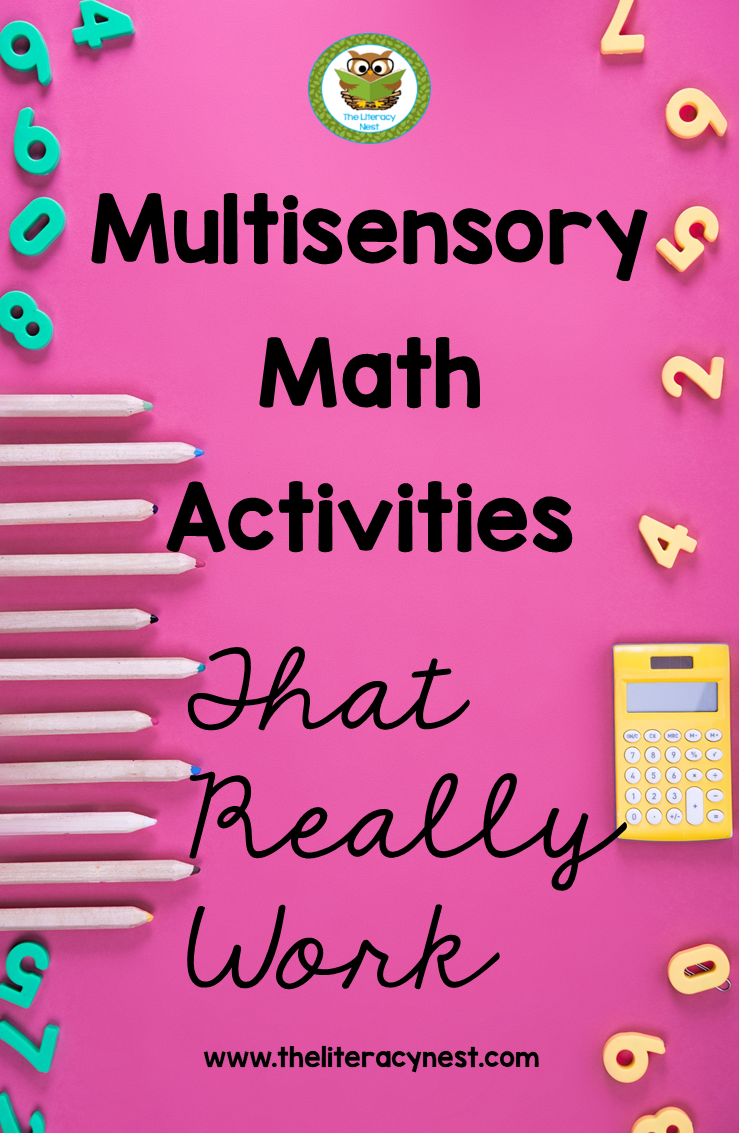 |
| PIN ME! |
Author Bio: Adrianne Meldrum is the owner of Made For Math, an online multisensory math center.
She’s a certified teacher with over 15 years of experience tutoring middle and high school students in
math. She received training in Multisensory Math 1 & 2. Adrianne’s currently working on becoming
a certified trainer with Marilyn Zecher’s Multisensory Math Approach. Connect with her on IG or listen
to her podcast, On Middle Ground.
Share:


